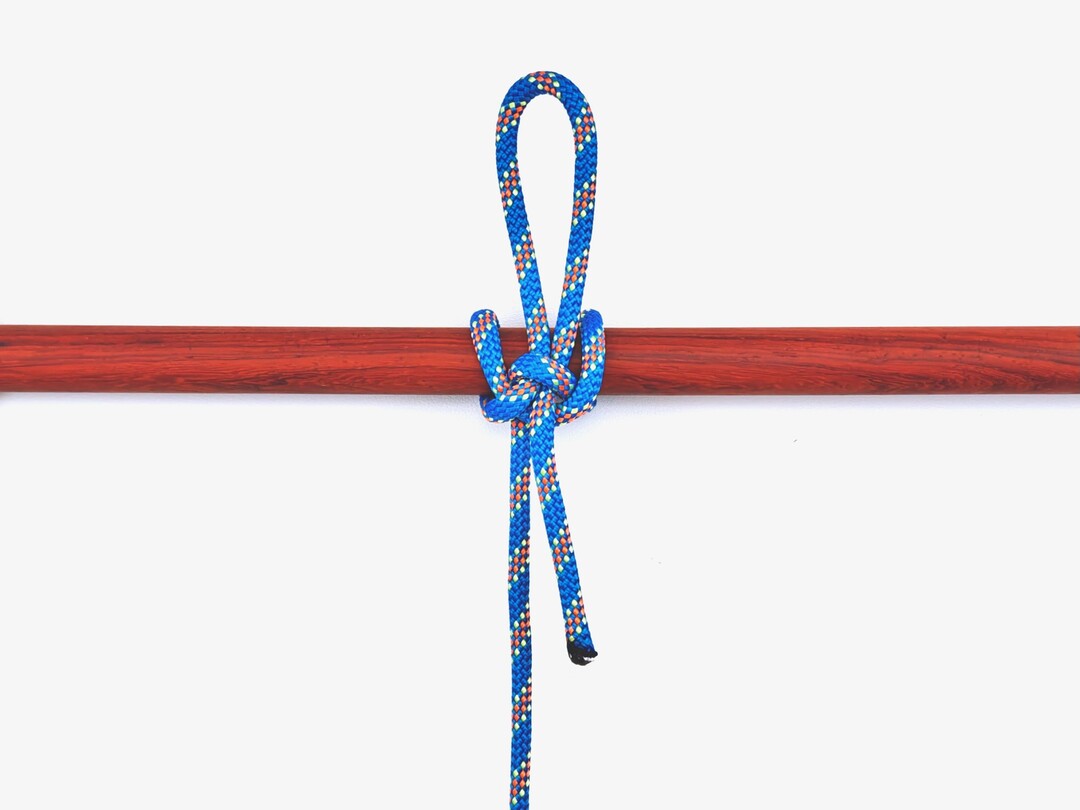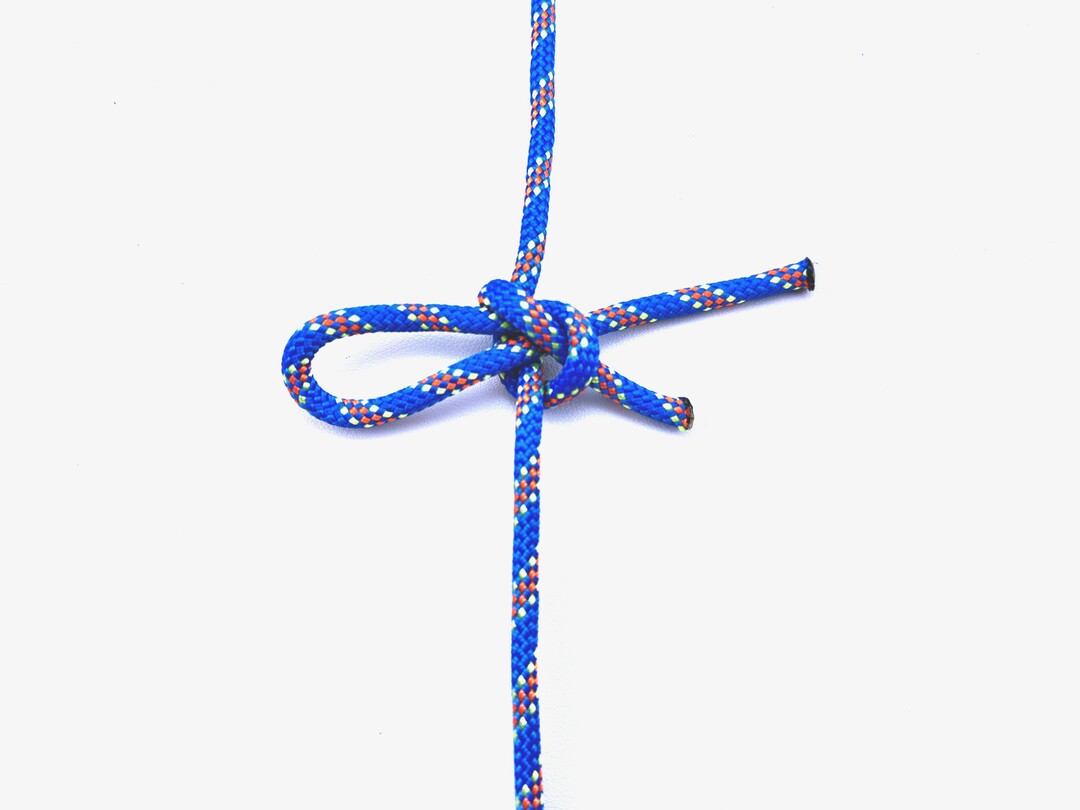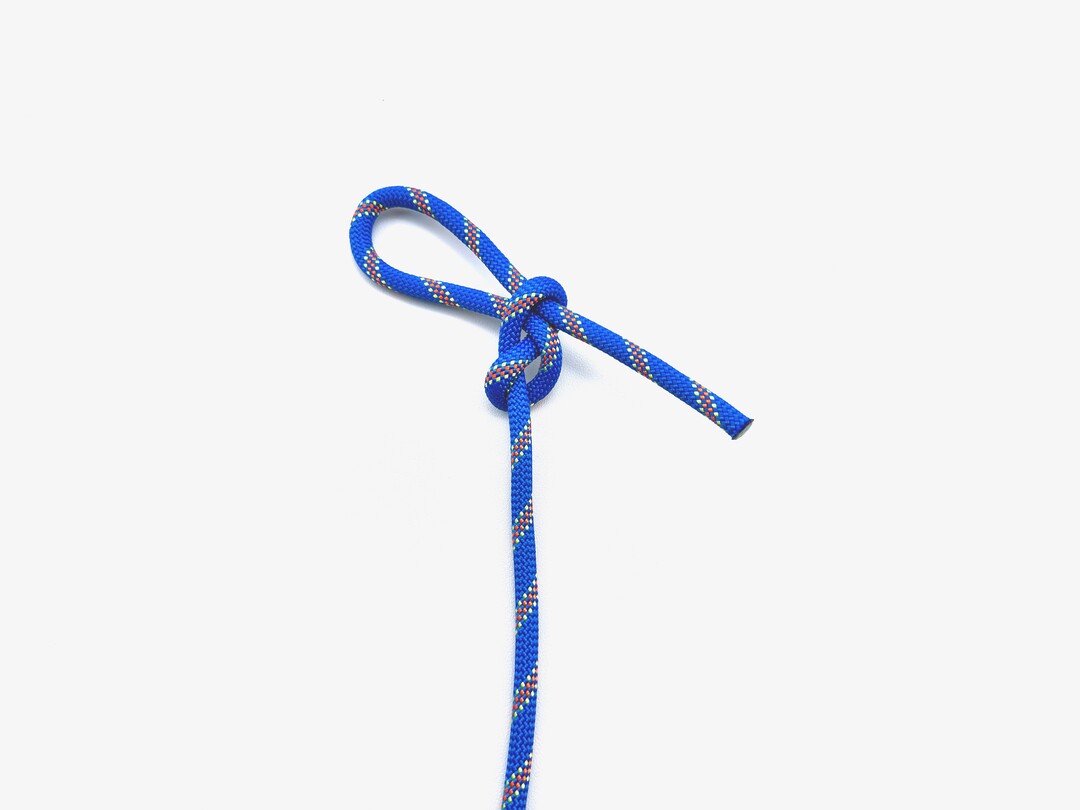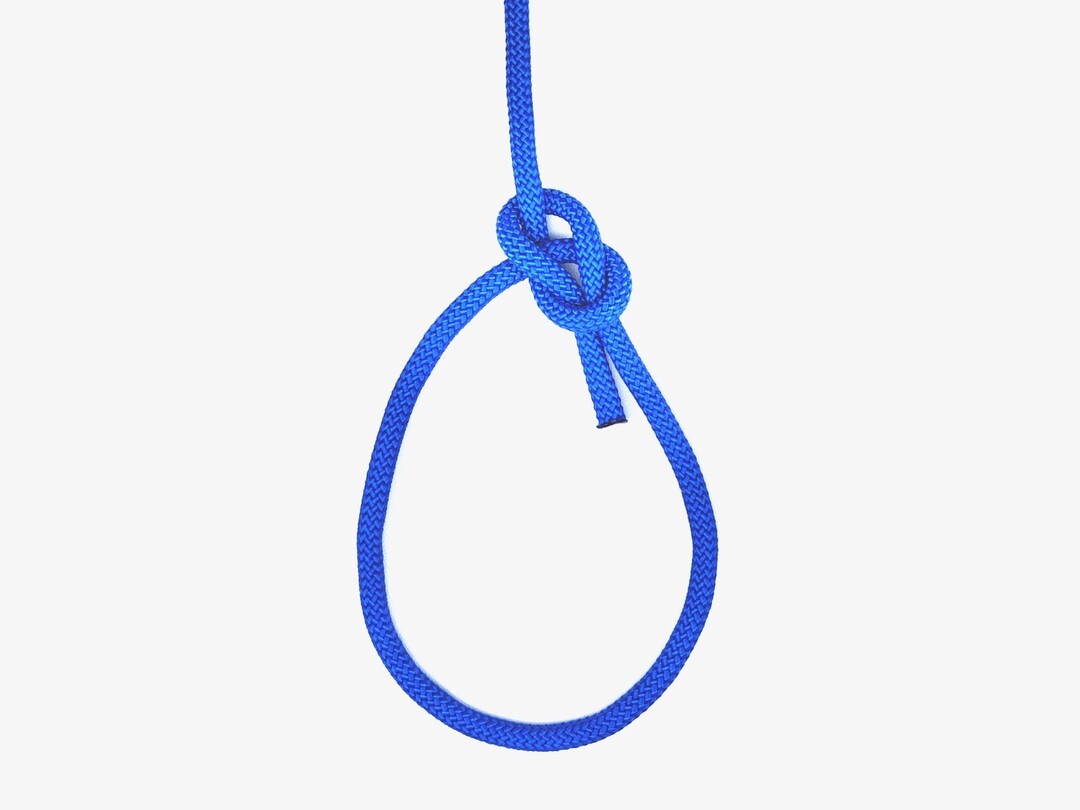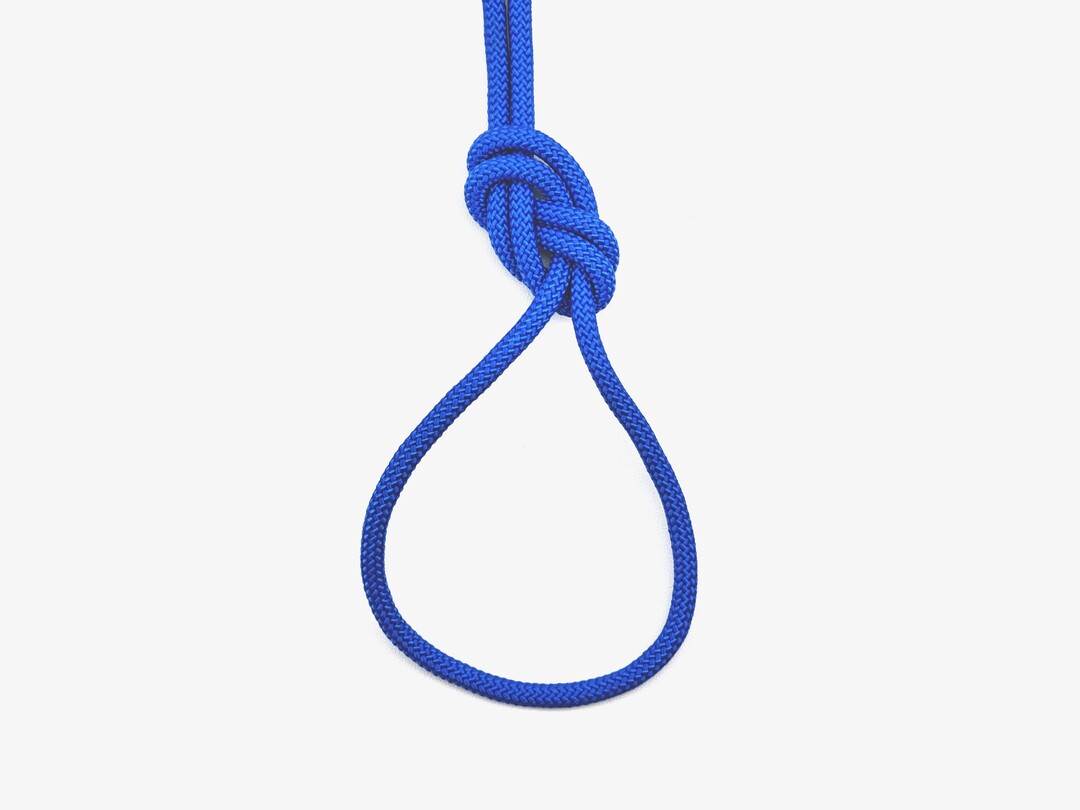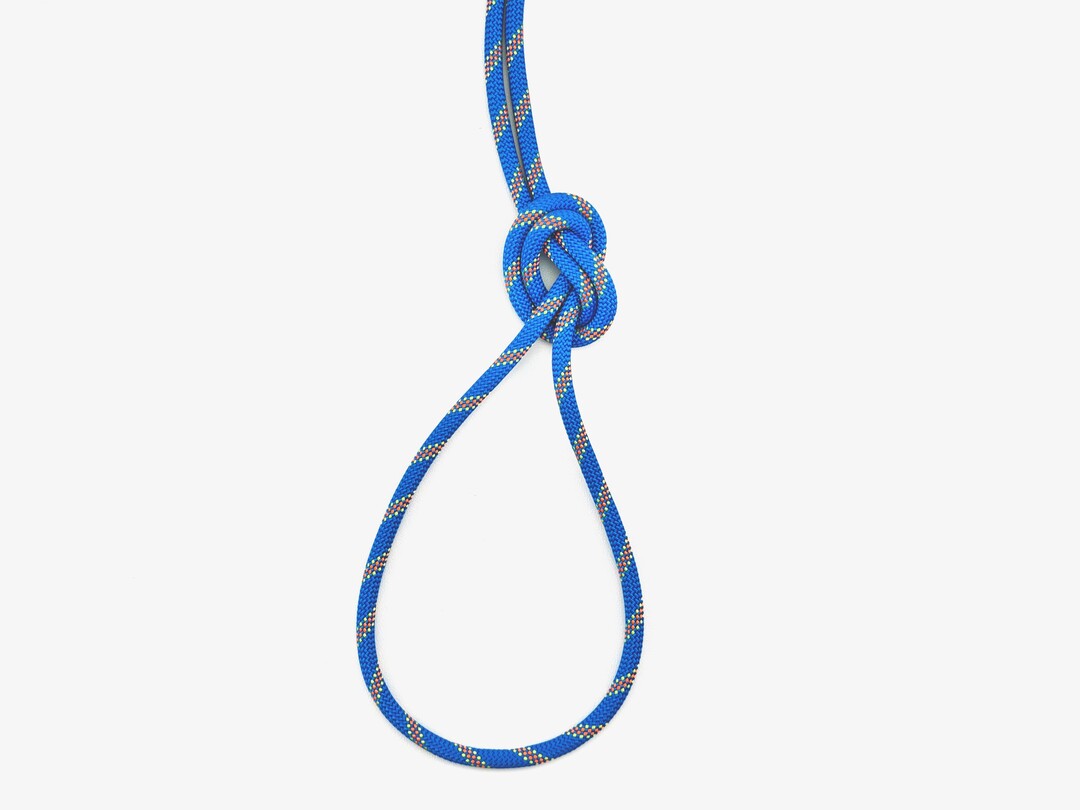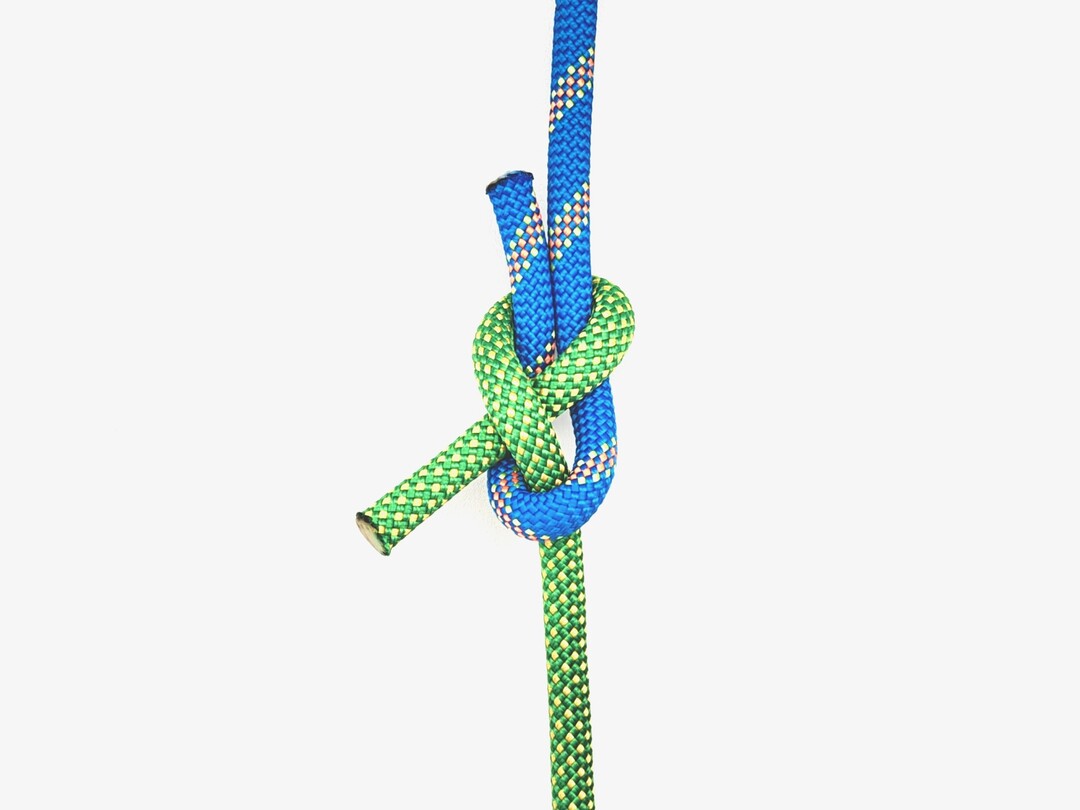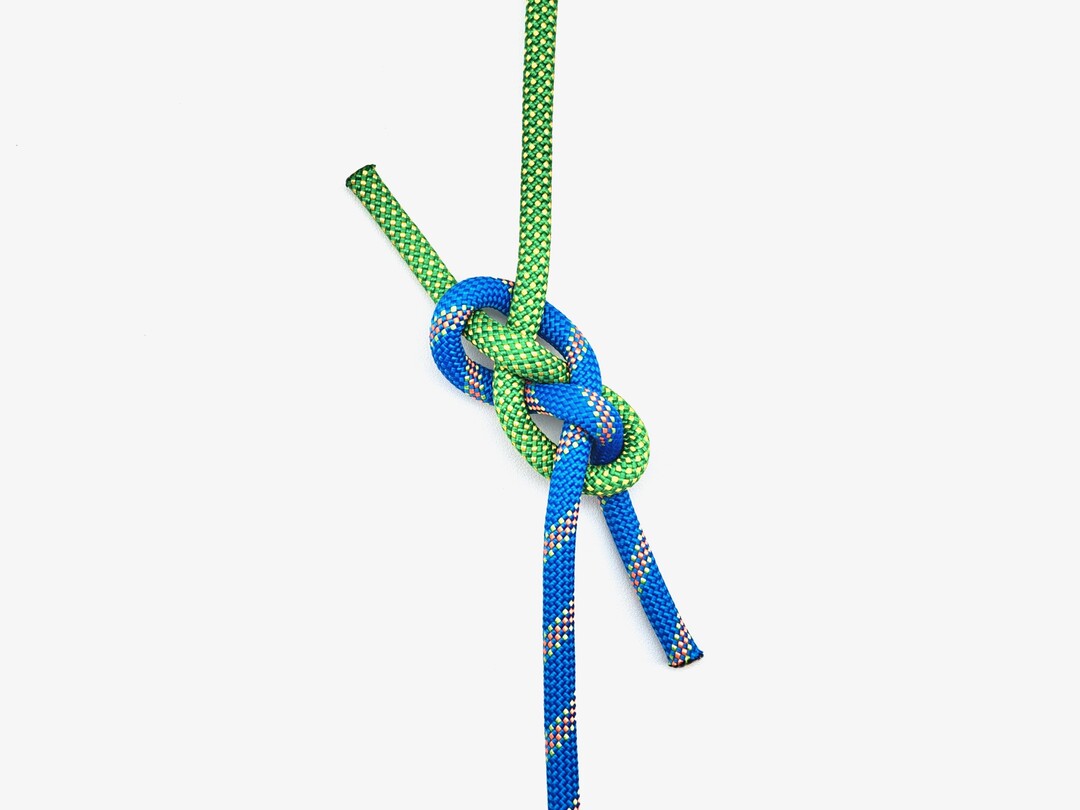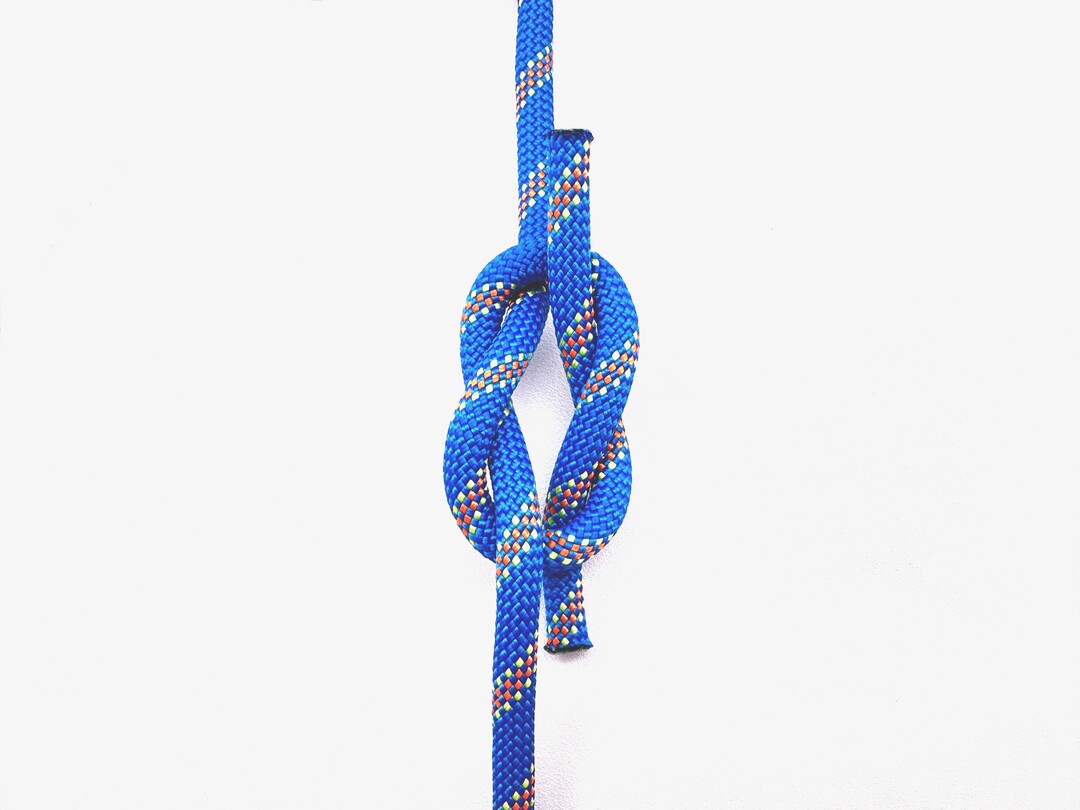Horse_Farm Knot Guidance
Horse knots are usually designed to be tied so that quick release is convenient. Many authorities also assume that the rope will be tied through a loop of Baling Twine to allow a frightened horse to break free without injury.
1. Quick Release Knots
These knots are designed to be quickly and easily untied in case of emergency. If a tied horse panics and pulls back on the rope, a single tug on the end of the lead will free the animal.
Recommended Knots
2. Loop Knots for Horses
These knots create secure loops either in the middle or at the end of a rope, essential for various farm tasks including animal handling.
Recommended Knots
3. Hitches for Farm Use
These knots secure ropes to posts, rings, poles, or other objects. They're commonly used for tethering animals, securing loads, or fastening equipment.
Recommended Knots
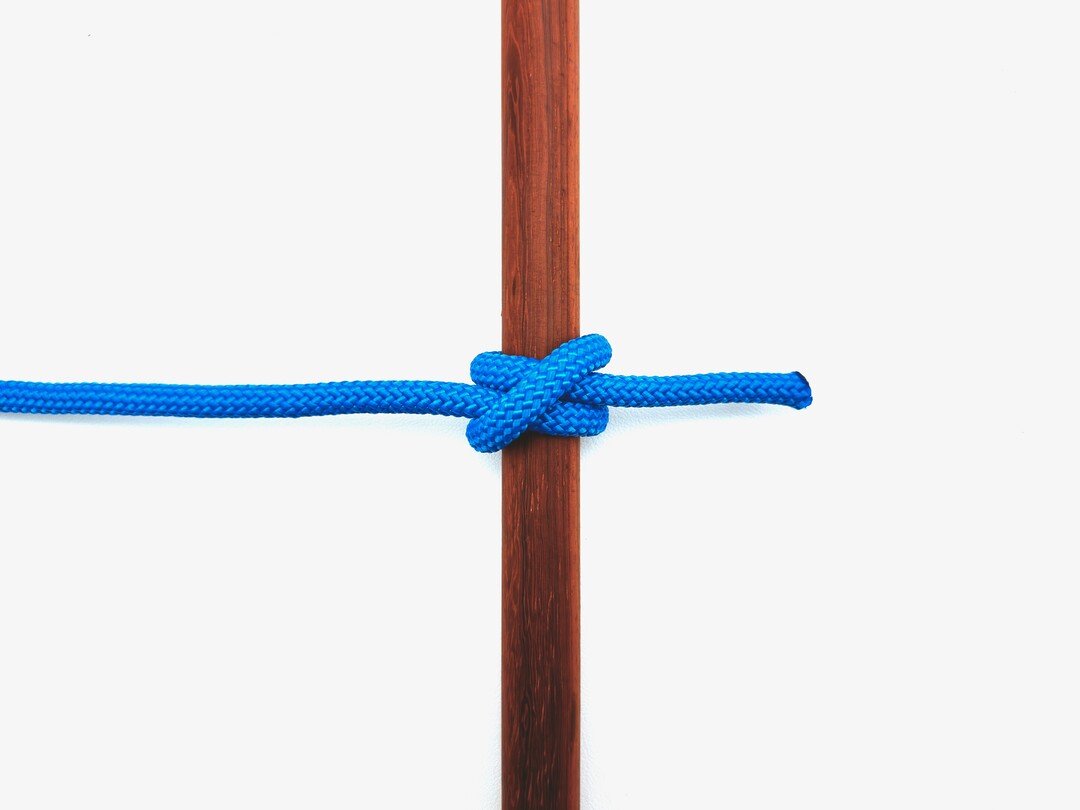
Clove Hitch (Rope End)
Secures ropes to posts or spars in outdoor activities.
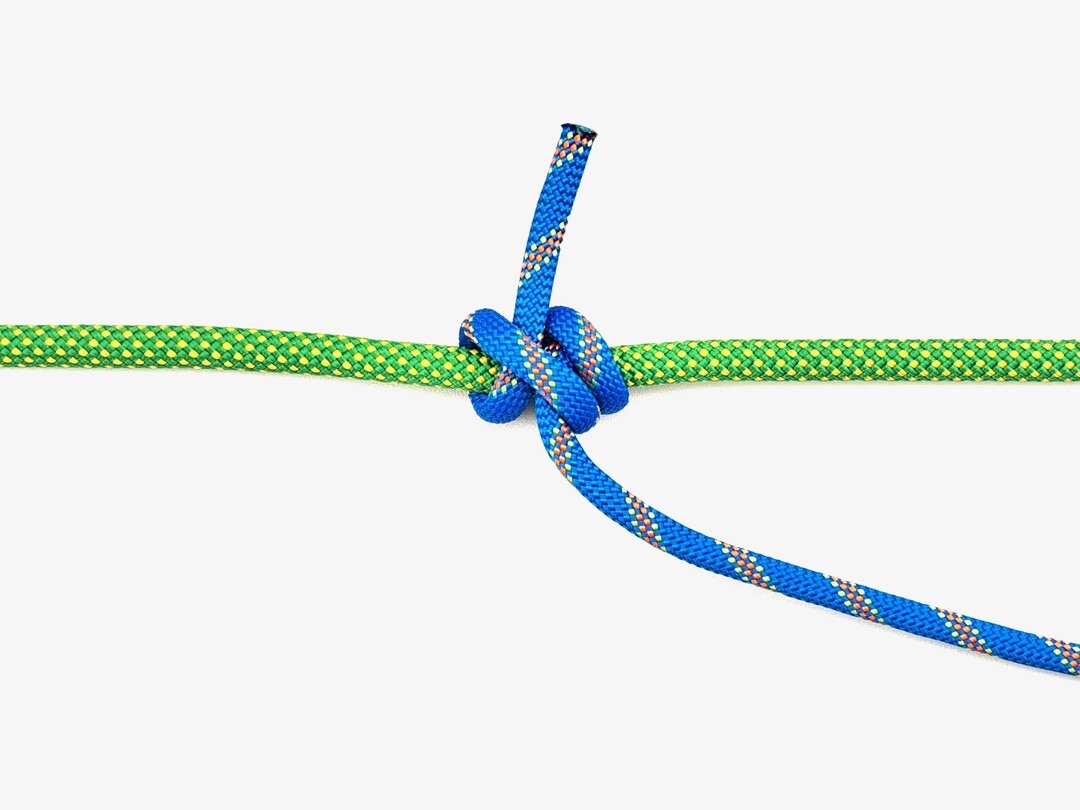
Rolling Hitch
Attaches a rope to a pole or another rope for lengthwise pulls.
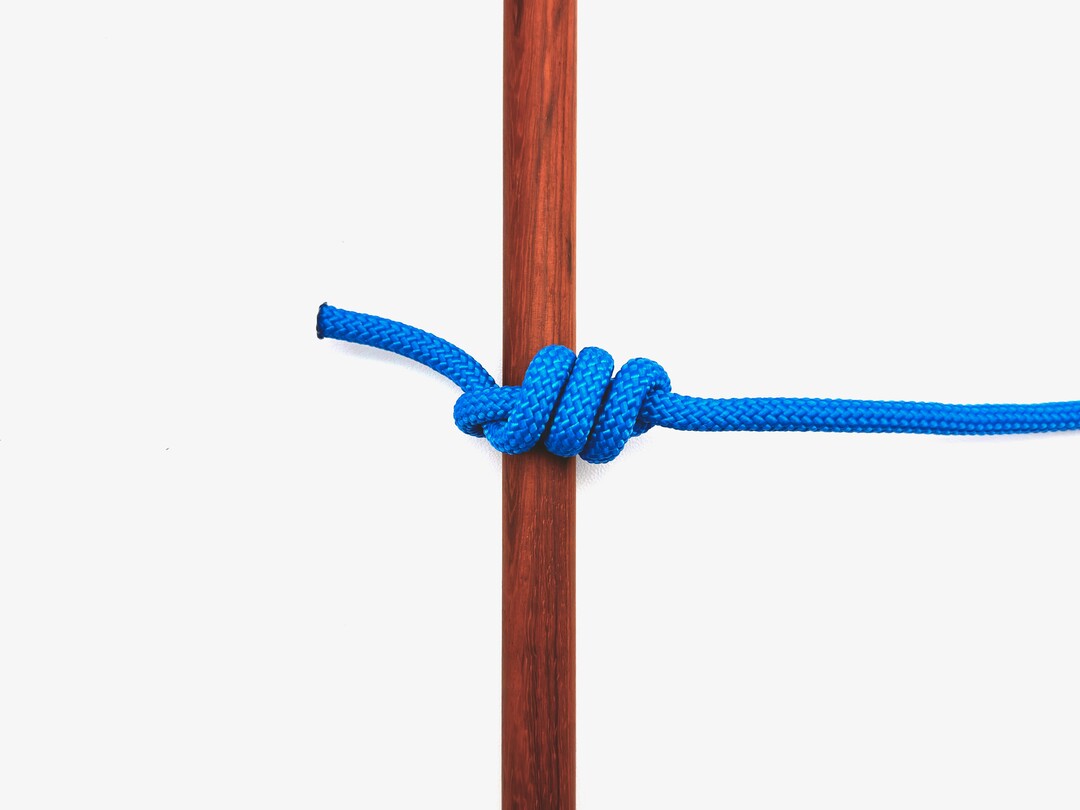
Timber Hitch
Secures ropes to logs for hauling or lifting.

Two Half Hitches
Secures ropes to fixed objects under tension.
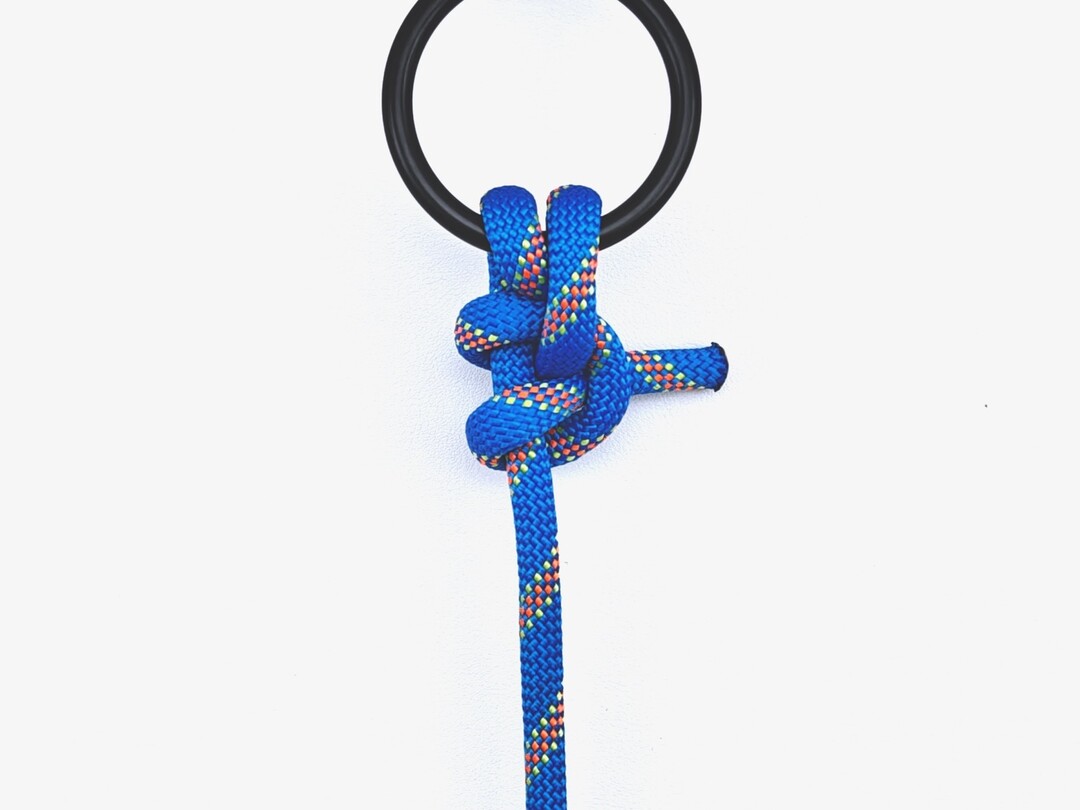
Round Turn & Two Half Hitches
Secures ropes to fixed objects like posts or rings.
4. Knots for Joining Ropes
These knots are used to securely join two ropes, which is essential for creating longer lines or for connecting different types of rope.
Recommended Knots
All Horse_Farm Knots
A complete collection of knots commonly used in horse_farm activities.
Horse Safety Information
Safe Horse Tying Guidelines
- Horses should be secured at withers-level or slightly higher to a sturdy, fixed object
- Tie to a fence post (never a fence rail), tree, hitching rail, or tie-ring screwed into the wall
- Allow just enough slack for the horse to hold its head normally (2-3 feet of lead rope)
- Don't leave too much slack that could allow the horse to get a leg over the rope
- As a safety precaution, secure your horse to a safety string (loop of baling twine)
Quick Release Importance
- Always use quick-release knots when securing horses
- If a tied horse panics and pulls back, a single tug on the rope end should free it
- Practice tying and releasing these knots until you can do it quickly, even under stress
- The ability to quickly untie a knot can prevent serious injury to horses and handlers
Rope Selection Tips
- Use ropes specifically designed for horse handling when possible
- Cotton or cotton-blend ropes are often preferred as they're less likely to cause rope burns
- Ensure ropes are in good condition without fraying that could weaken them
- Different tasks may require different rope types - have appropriate options available
Horse & Farm Safety Warning
- Working with large animals carries inherent risks. This guide is no substitute for proper training and supervision. Always prioritize safety of both animals and handlers when working with horses and farm livestock.
